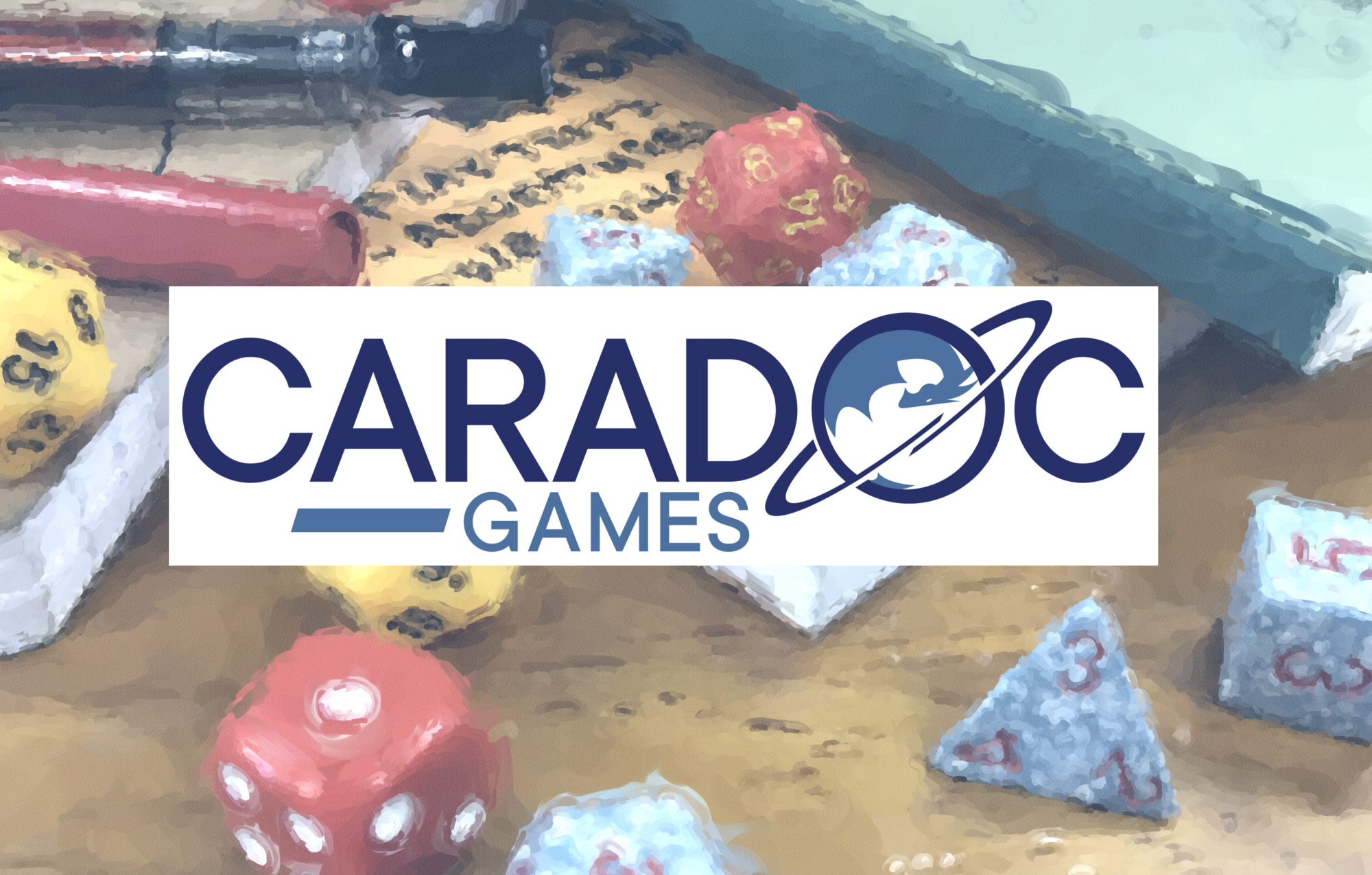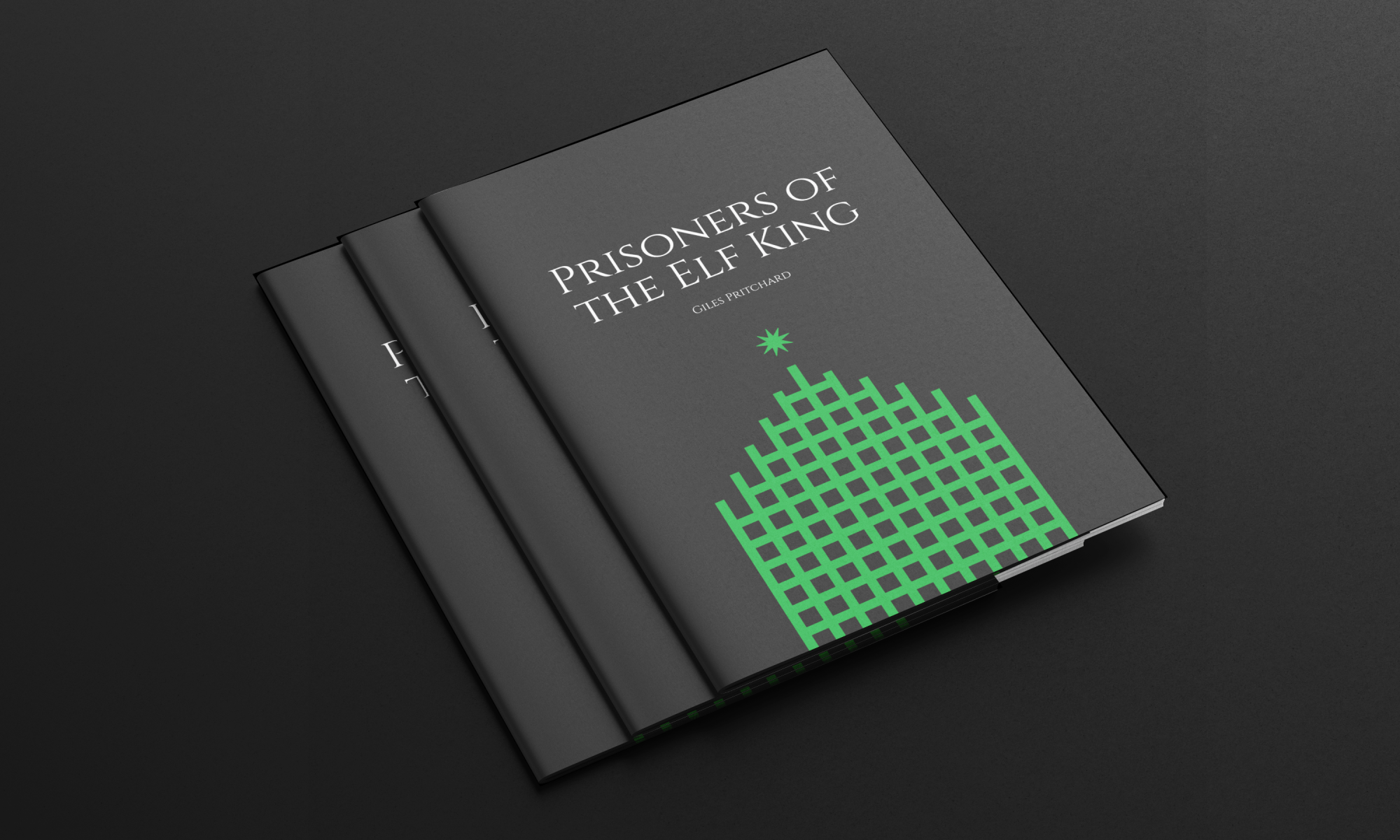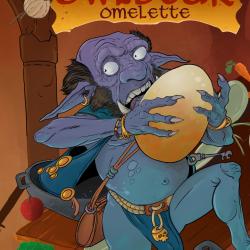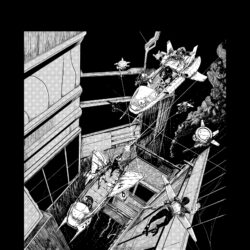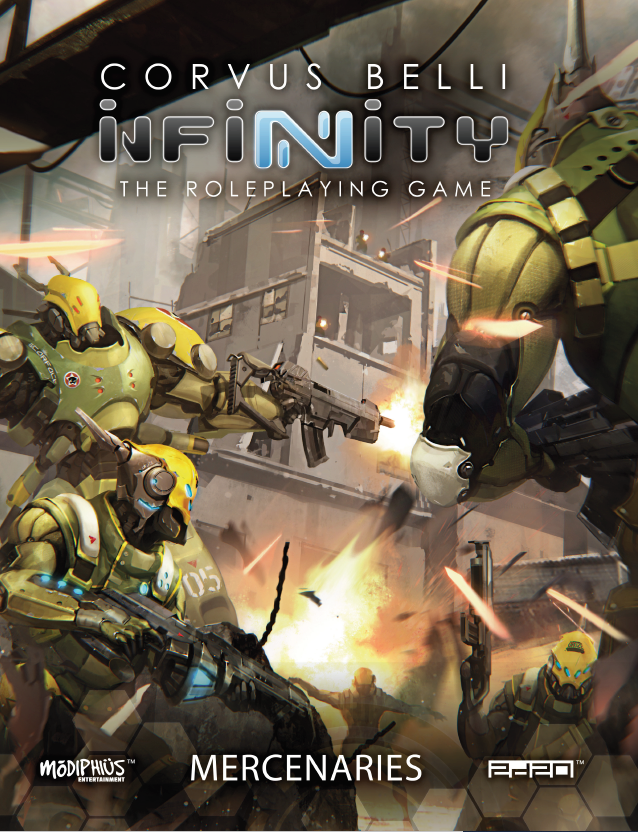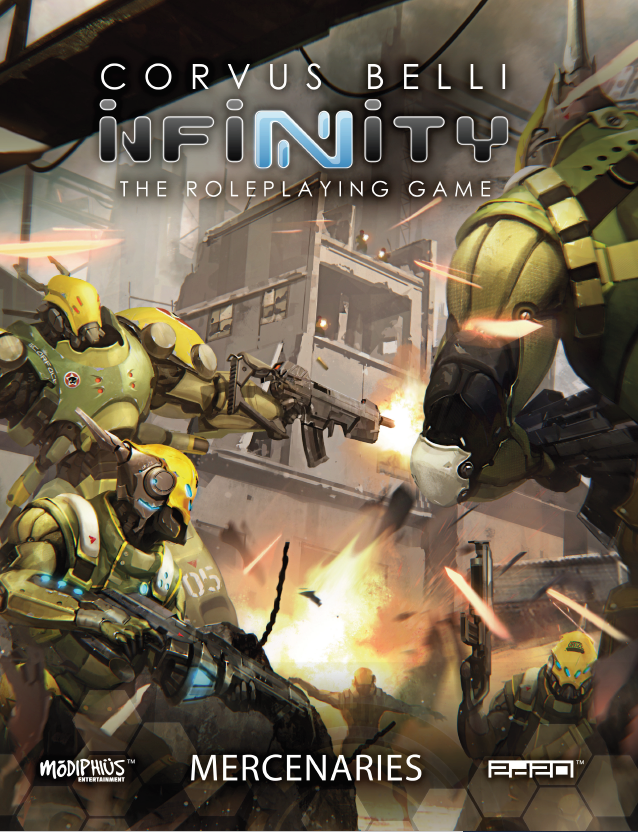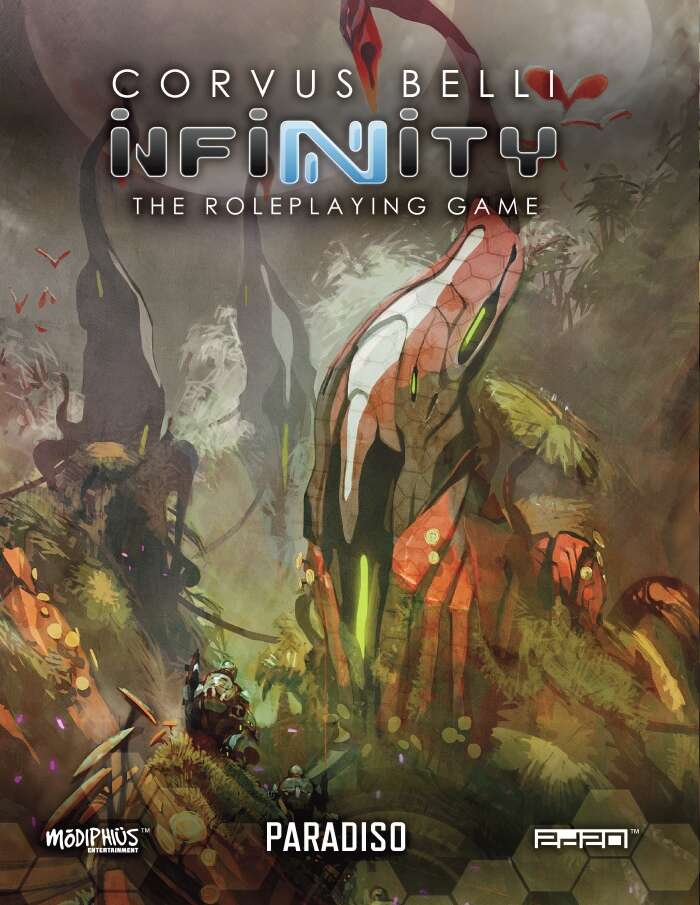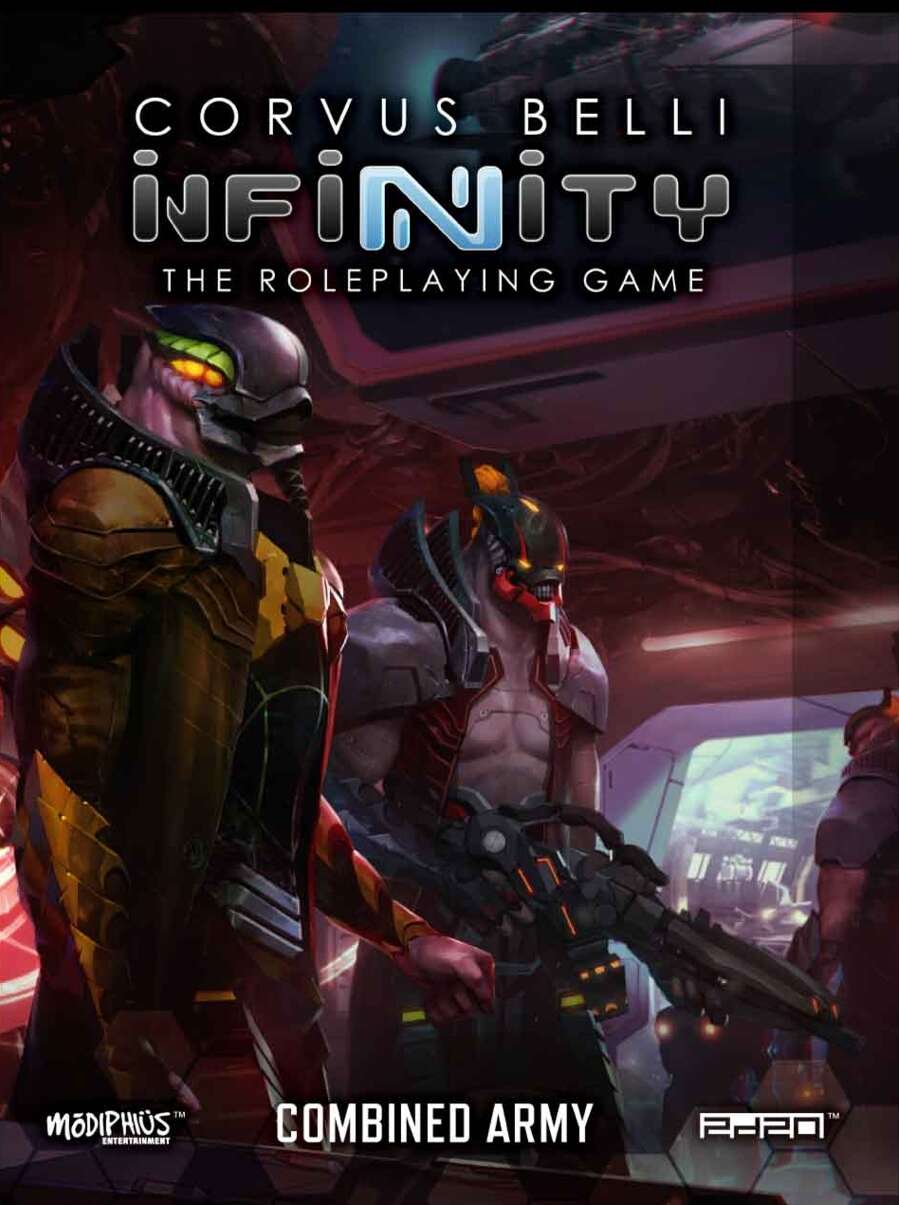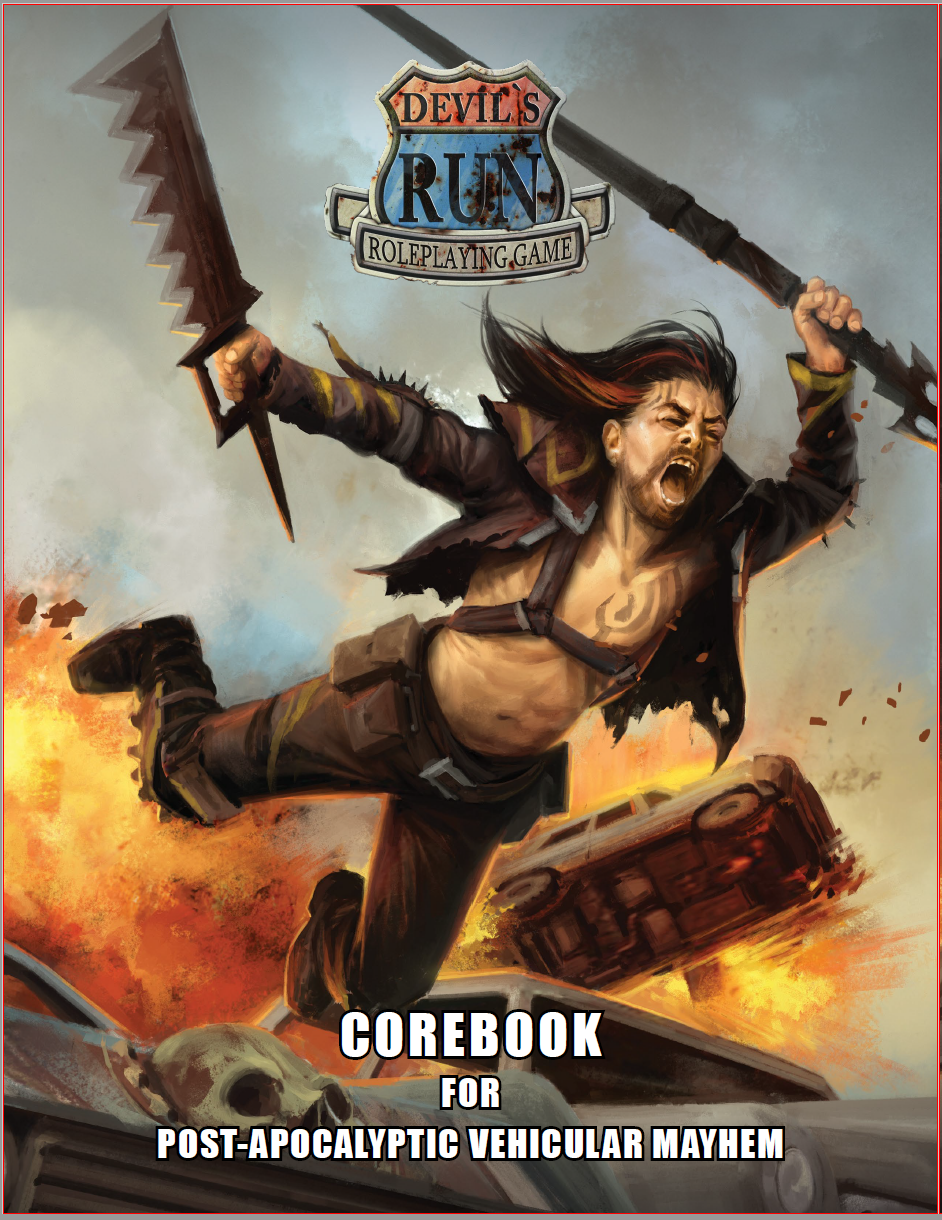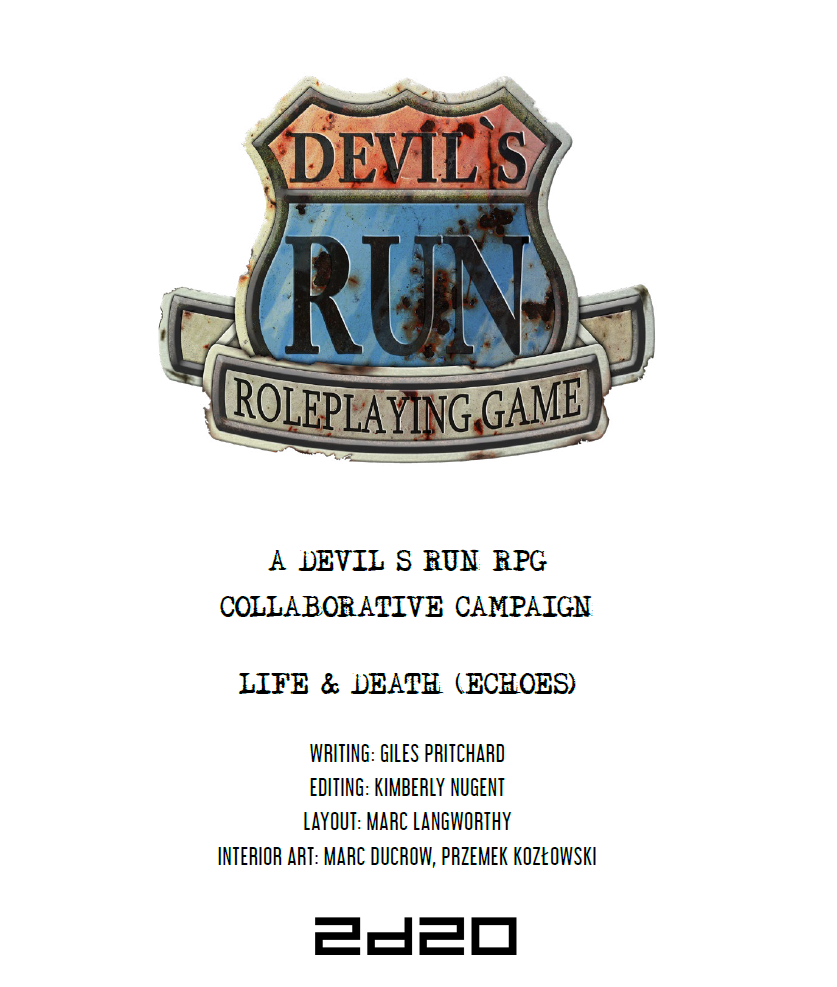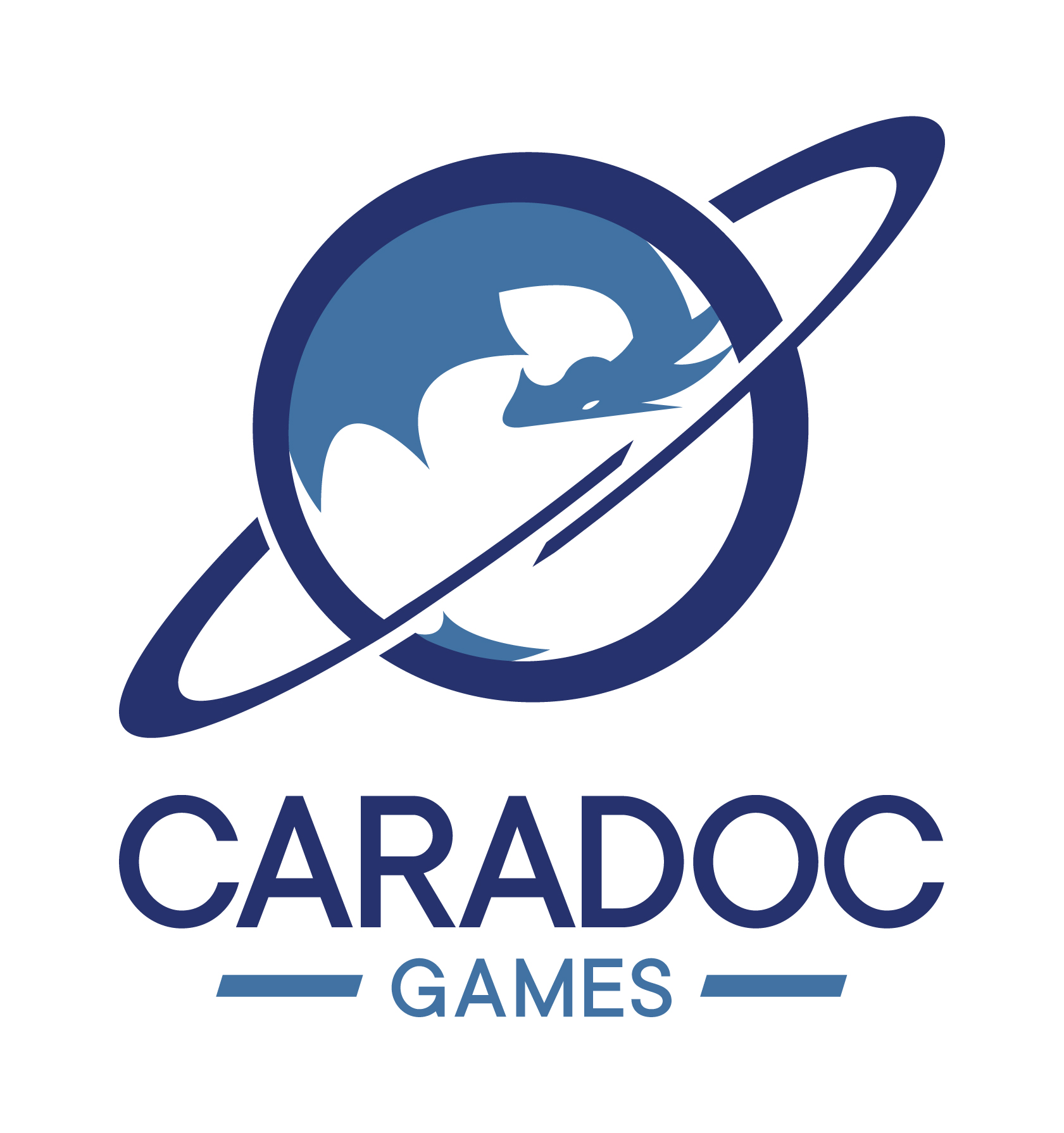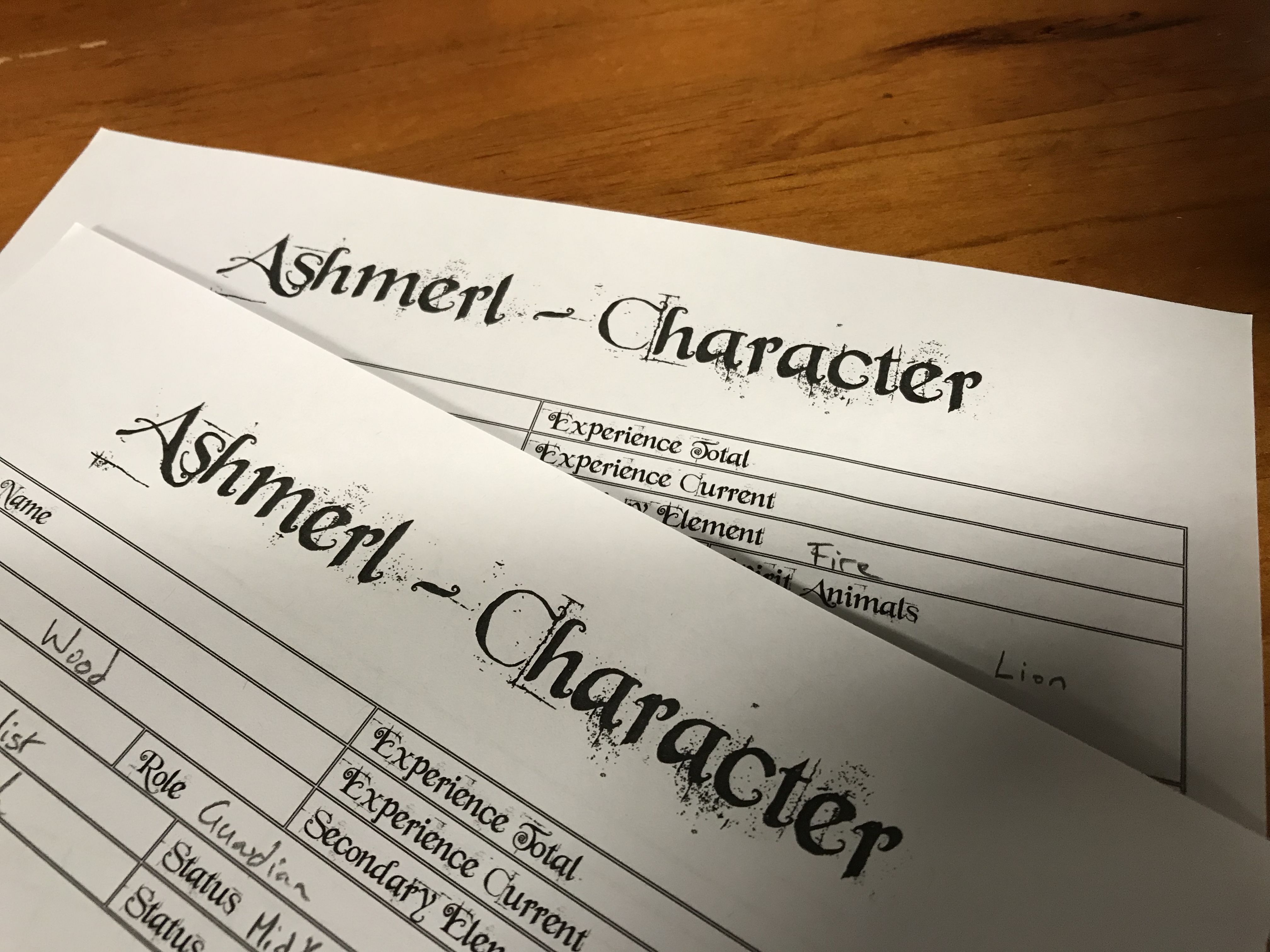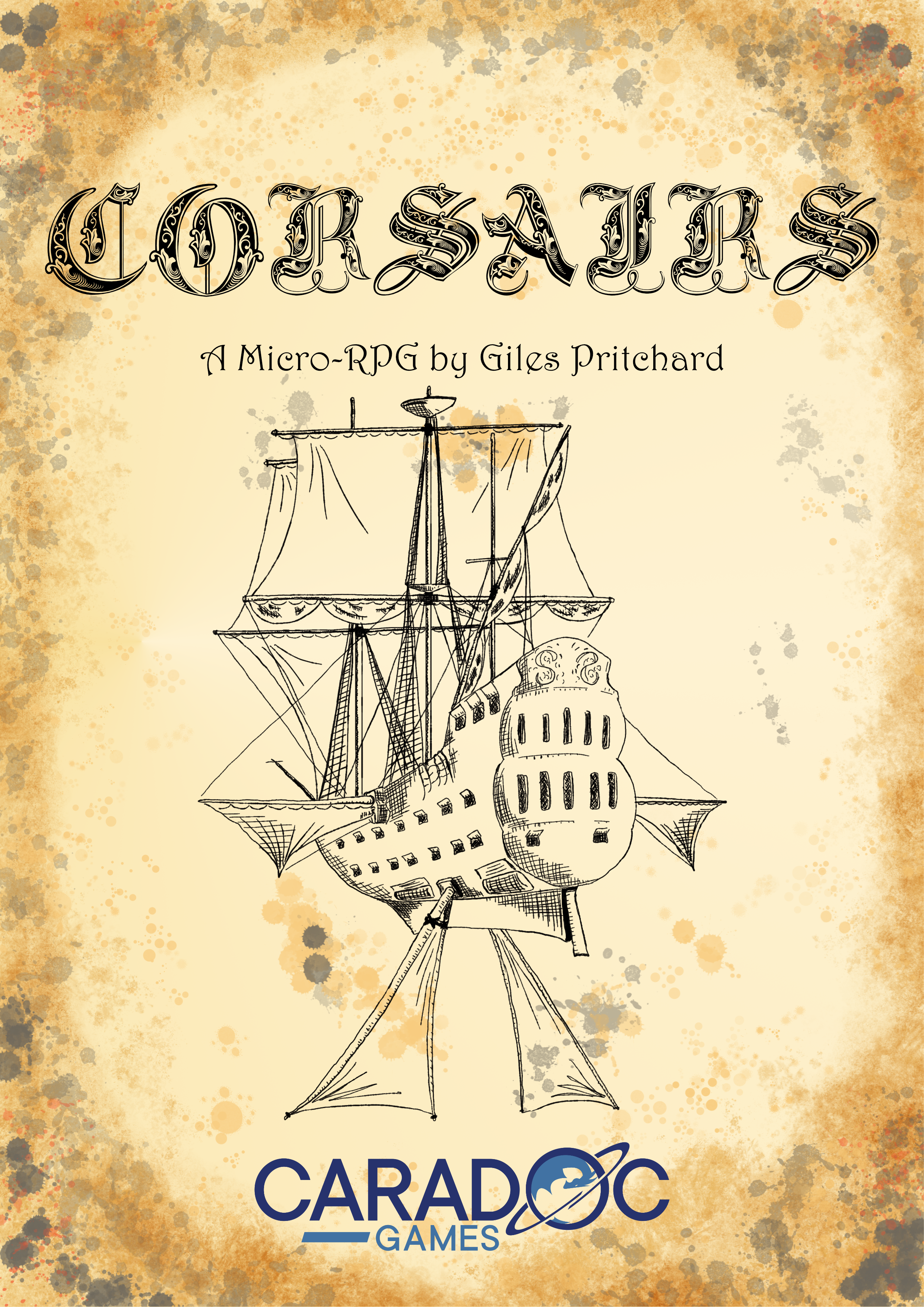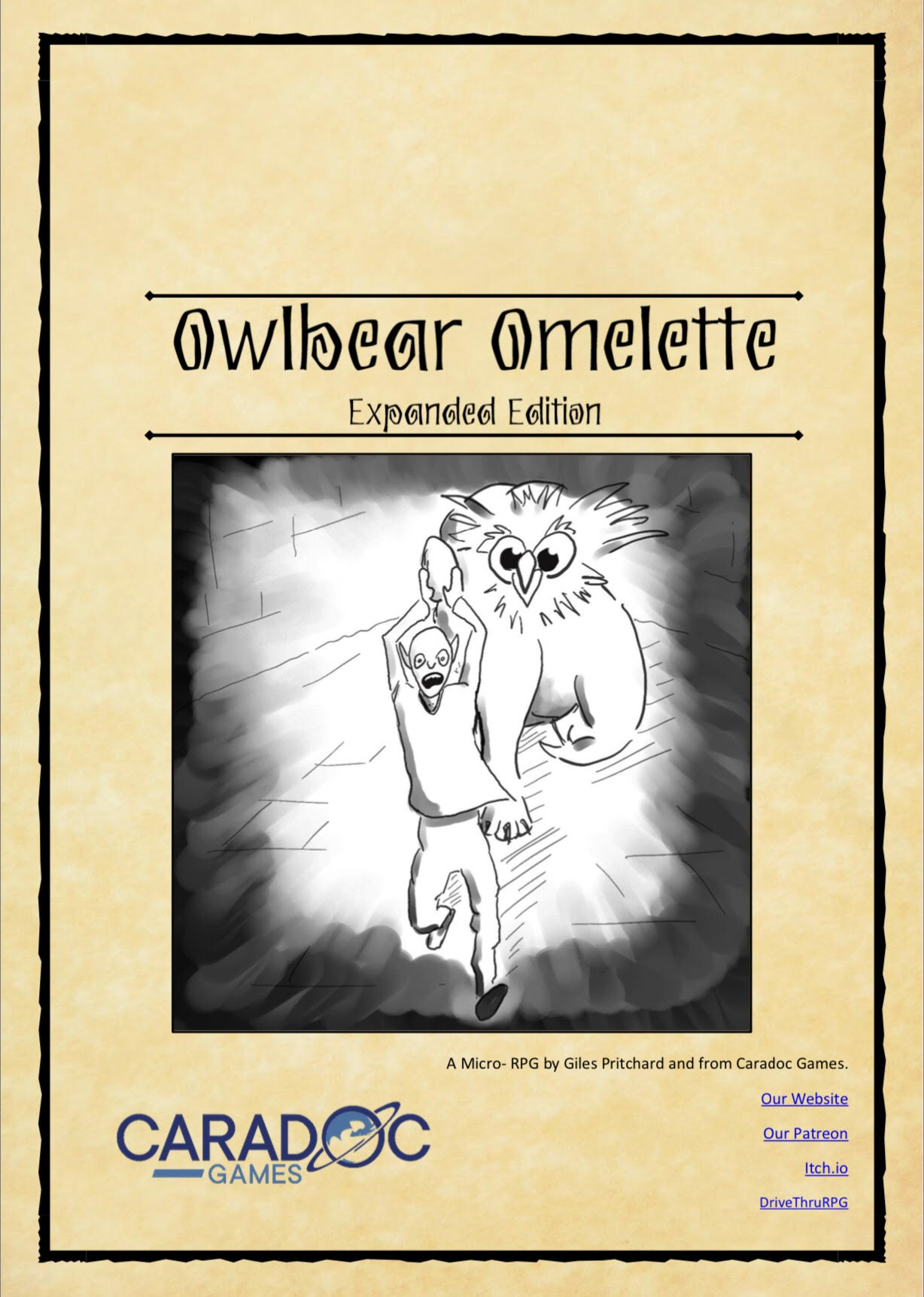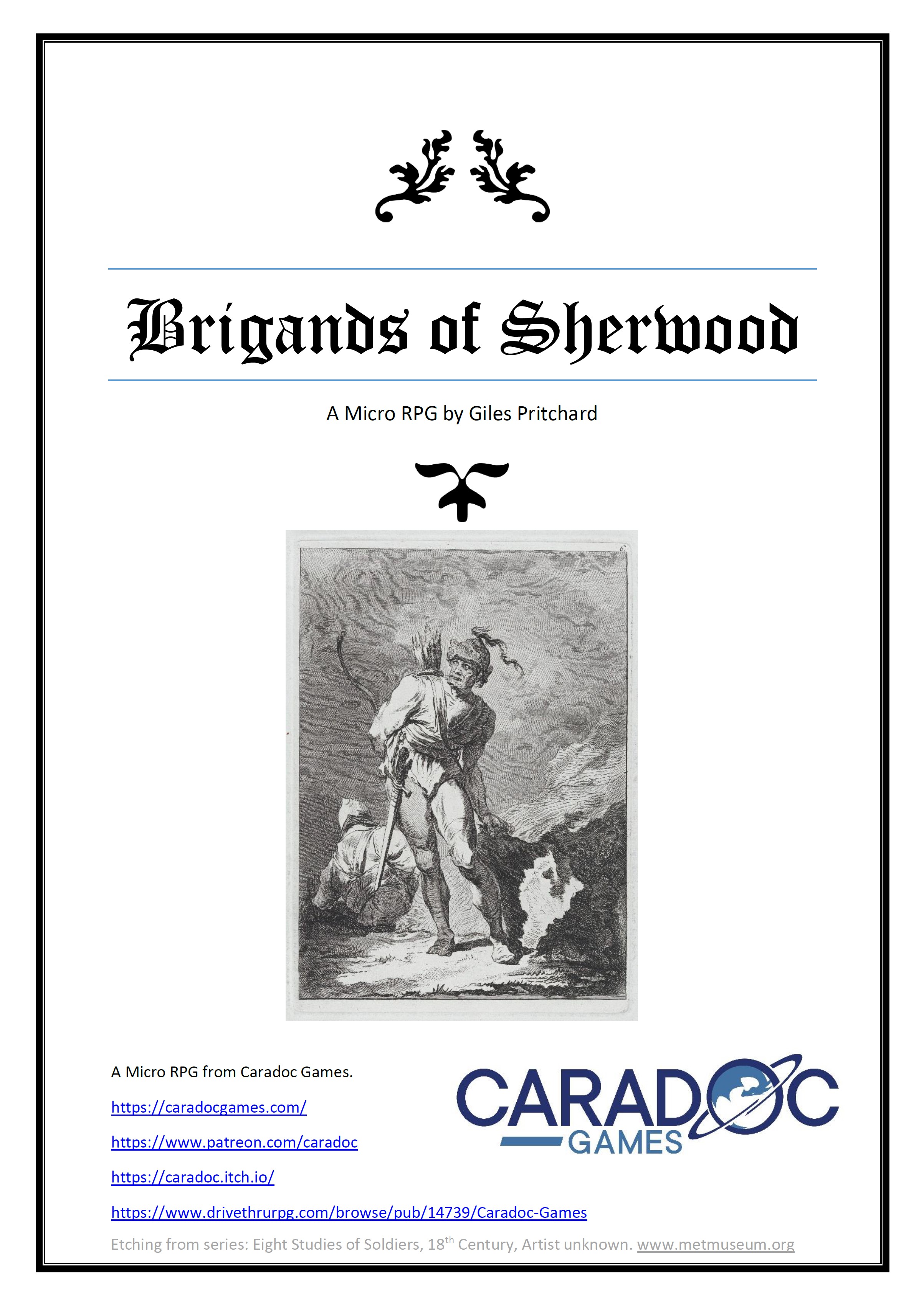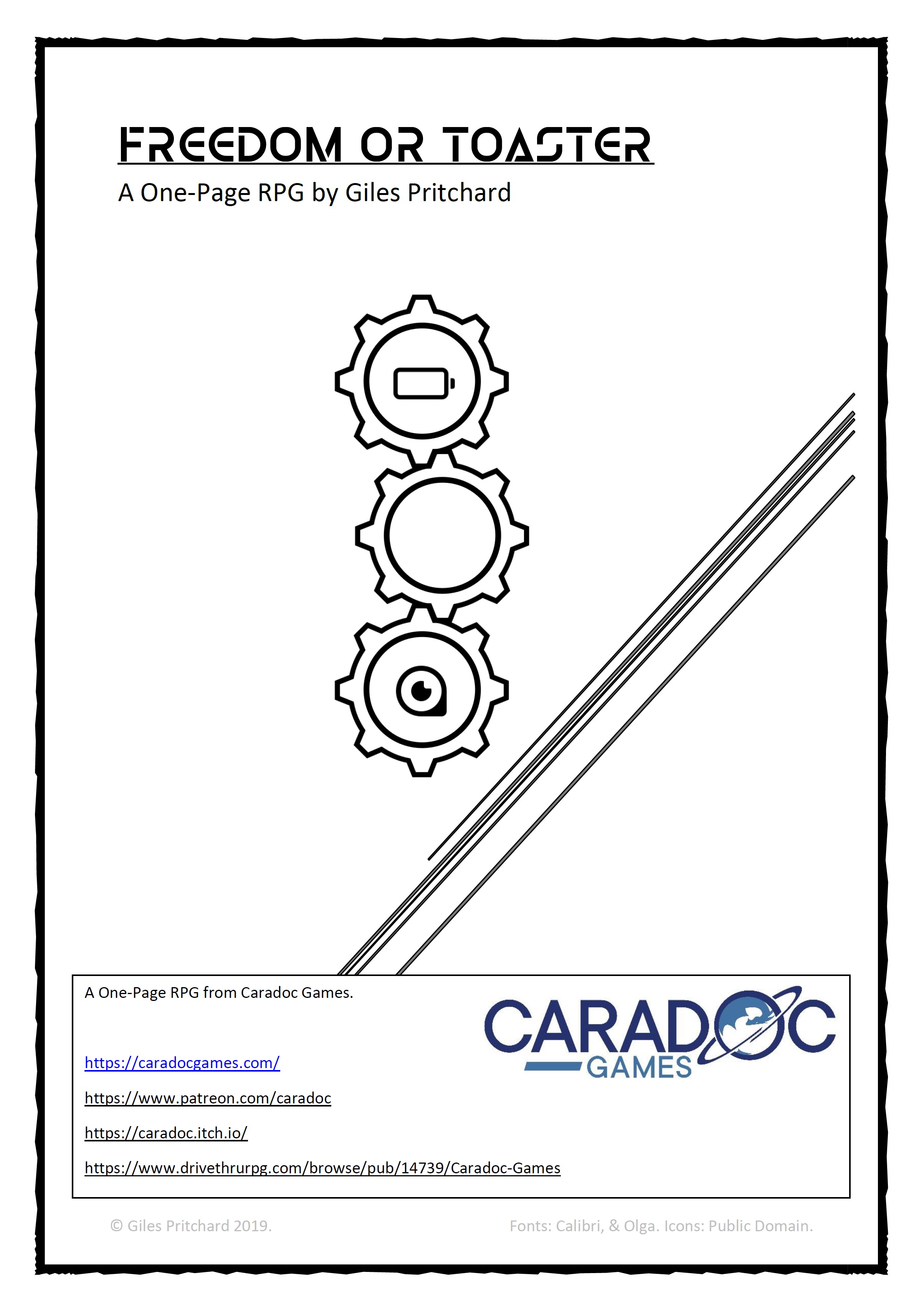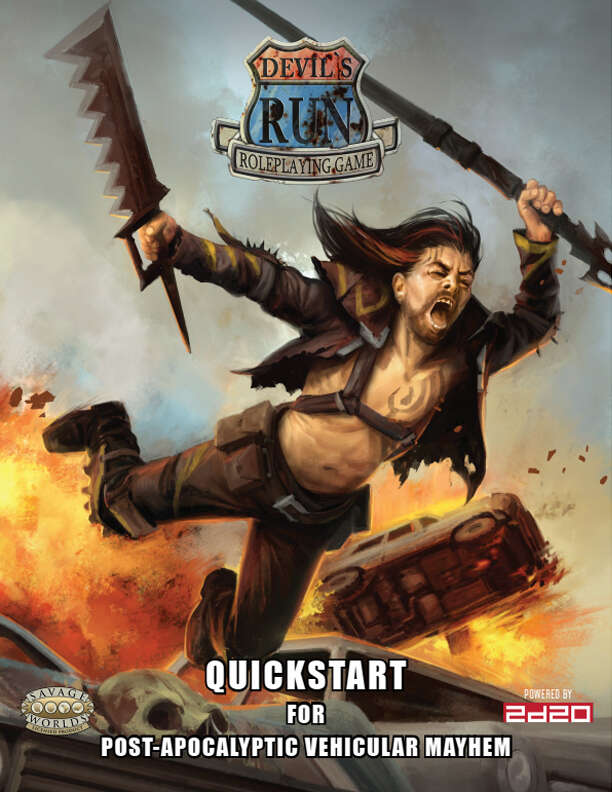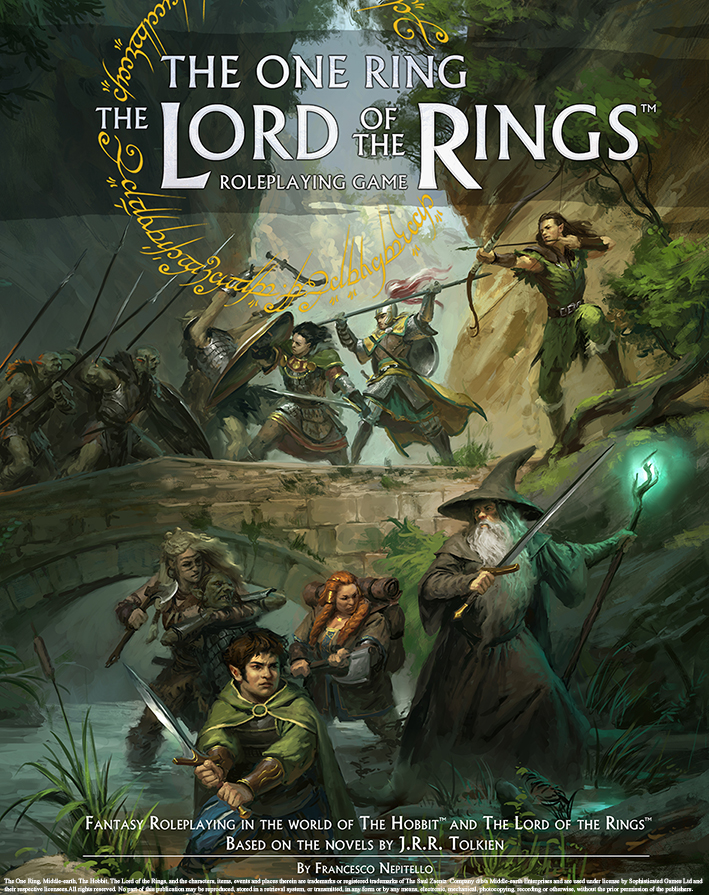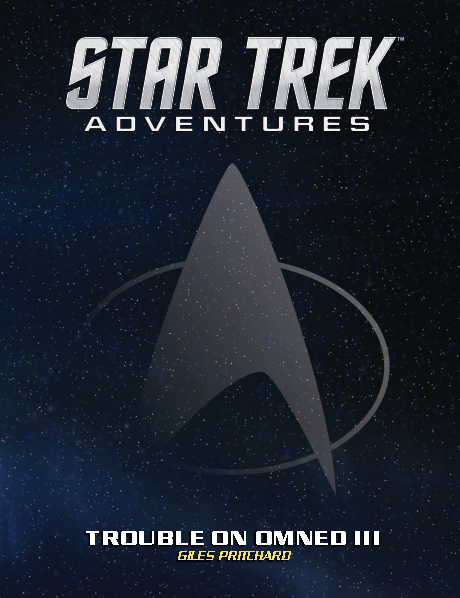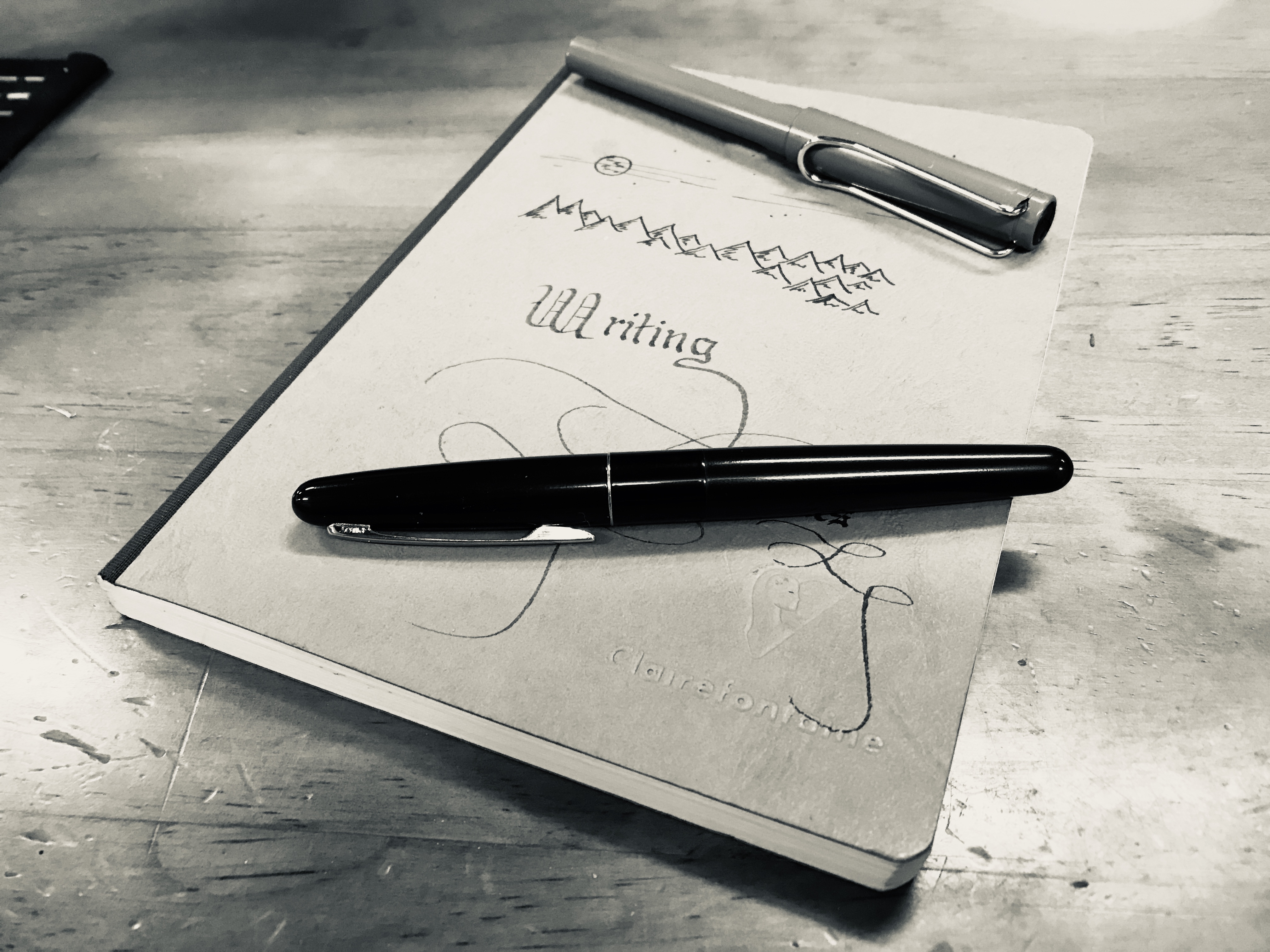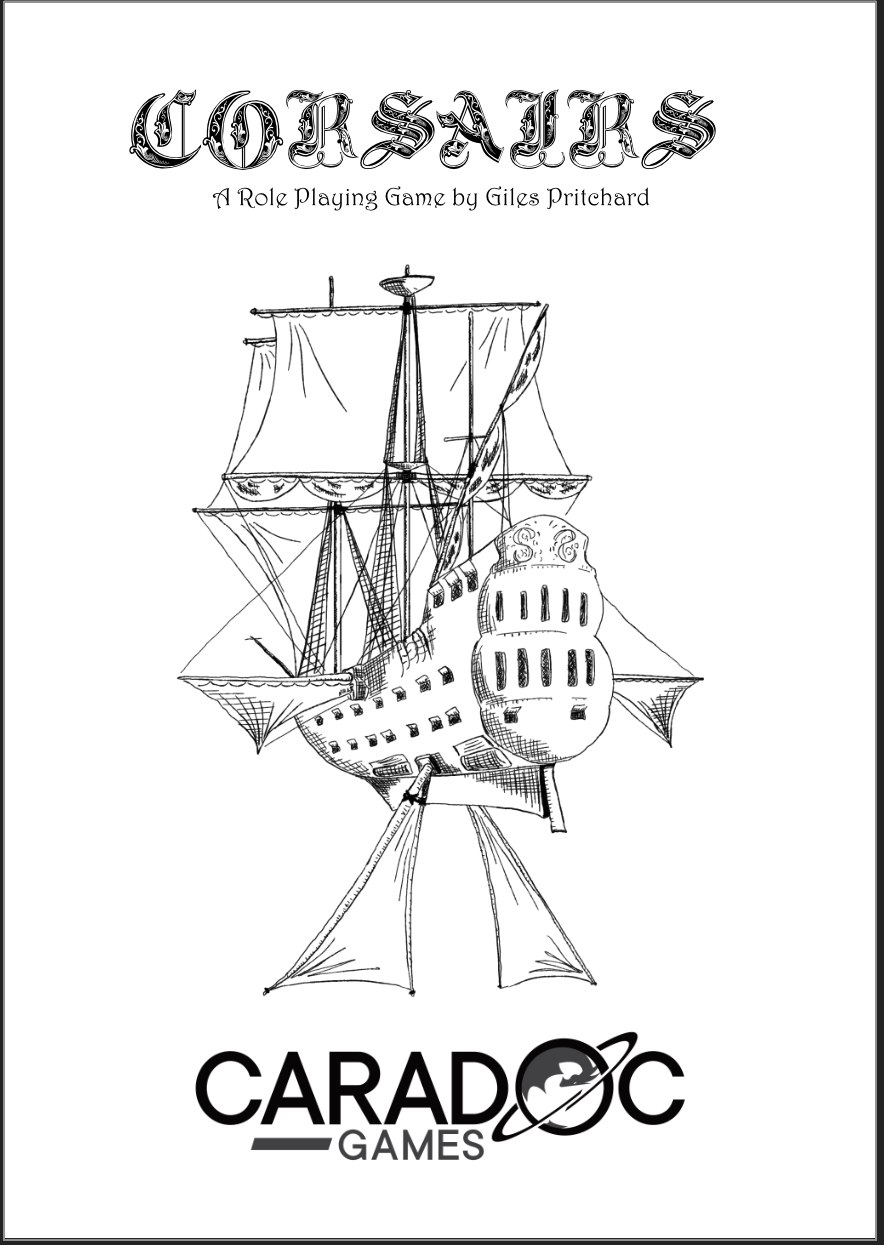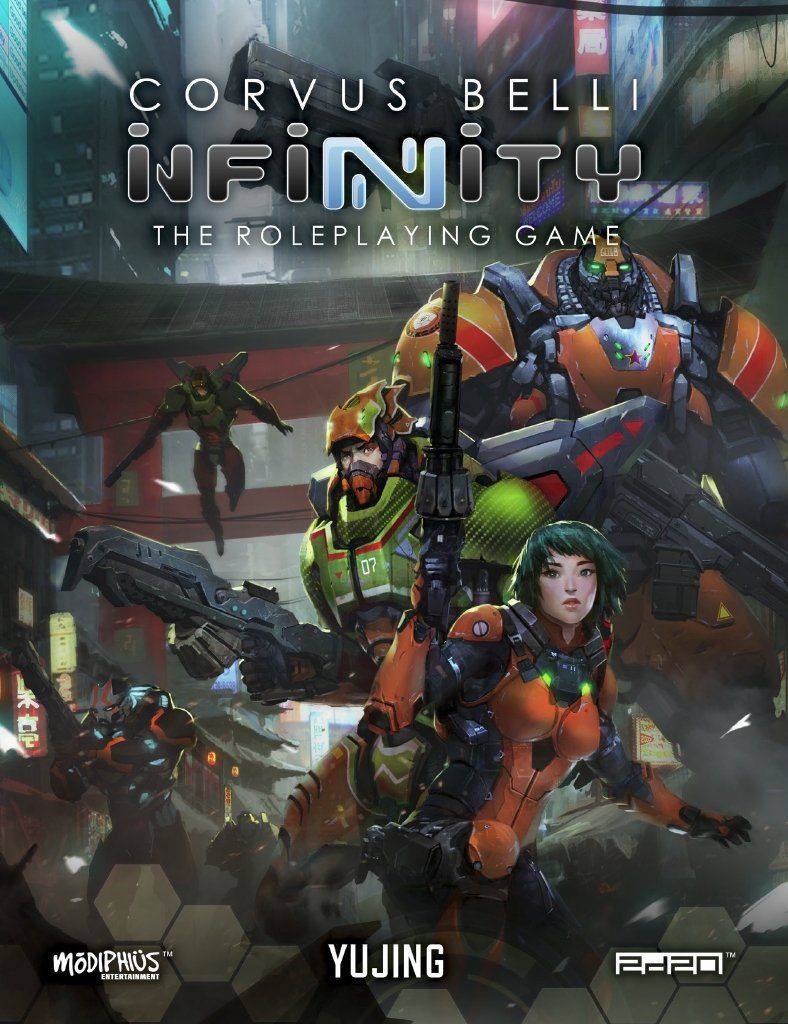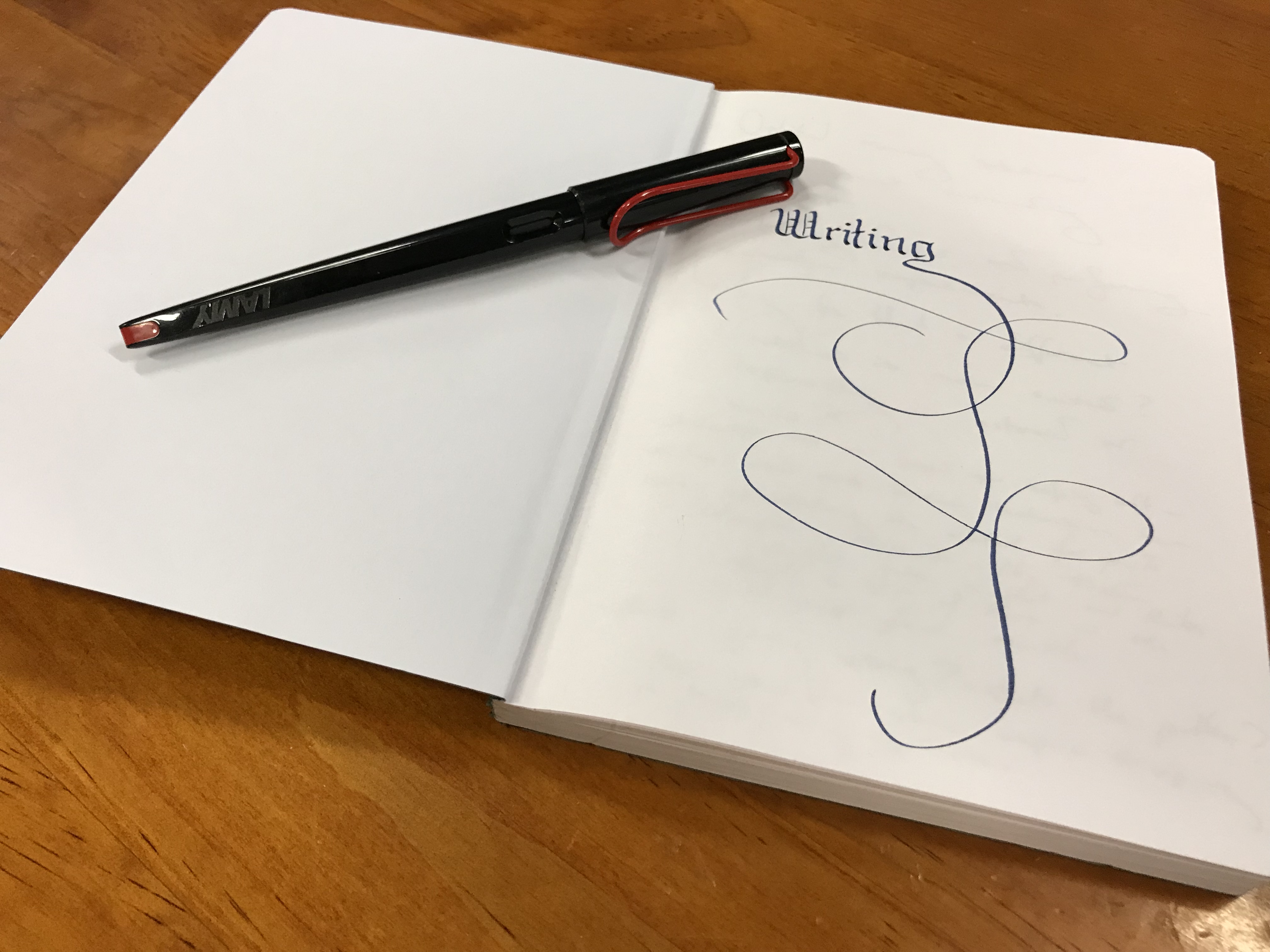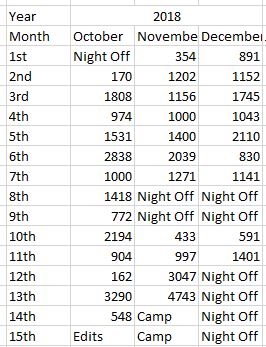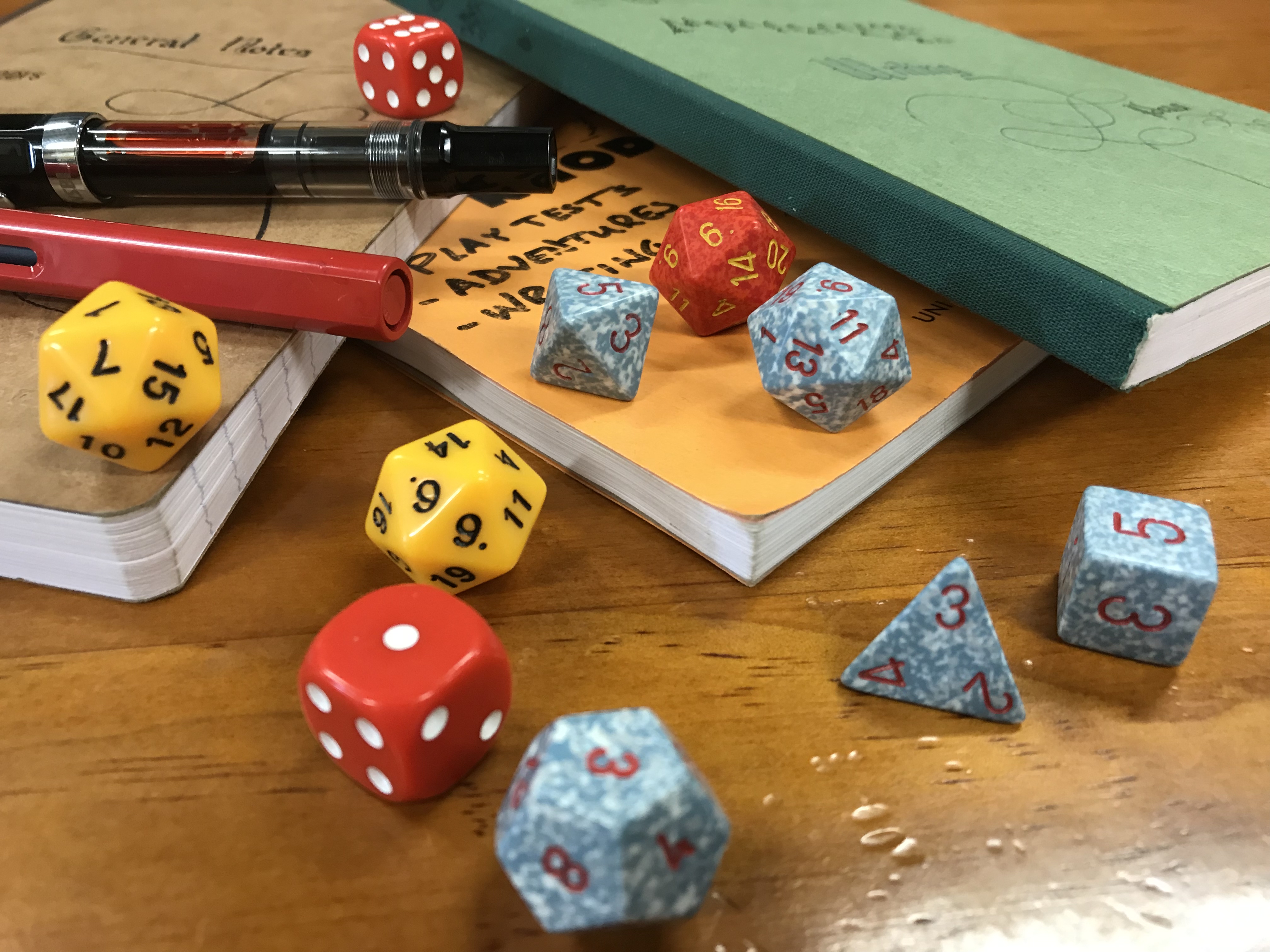2022 was an interesting year, for myself personally it has meant some significant change, for Caradoc Games it’s been a year of overcoming complications and trying out some new things.
Looking back over 2022 from a ‘games and writing perspective’, I have achieved a number of things this year. I finalised, printed, and fulfilled Foundlings. I ran a Kickstarter for Owlbear Omelette. I designed and wrote Prisoners of the Elf King. And I have almost fully developed the next game, slated for the second quarter of 2023: Ganymede Outriders.
It sounds like a lot, and I suppose it is, but I also felt like I did a lot more than I actually did. On reflection, the key reason I didn’t get as much ‘game related’ stuff done as I had planned or thought I might was because of how busy my own life was outside of Caradoc Games. In 2022 I worked full time as a teacher, I also worked some 20 hours a week coaching gymnastics, and then worked on Caradoc Games related stuff outside of that. I have three very active kids, and family life is important. If I got less done on games than I had intended I think I can give myself a break – this year was busy!
One other significant change that happened this year was that I stepped away from the classroom after nearly 20 years as a teacher, and took over the management of a gymnastics center. All of this happened at the same time the little country town I call home flooded. The gym was forced to move locations and the weeks from the floods to the recovery were massive. While this chaotic start to a new career was interesting, to say the least, I really am hoping for a more stable year to come. I loved coaching throughout 2022, and am looking forward to what the new year brings.

So back to game related stuff. The year started with Foundlings, and it was a rocky start. Originally I had intended to fulfill Foundlings through my own webstore, but an error I couldn’t work out in the coupon system was taking time to resolve. In the end I opted to run a pledge manager through Gamefound, which was… interesting. While it took more time than I had planned for, I am thrilled to say that Foundlings was successfully fulfilled, if a little late. This game seems to have done well post-kickstarter, and I ended up having to order a second printing not long after the first. I hope it continues to do well, I really like this little game, and I think it uses some really fun rules. If you’re after a post-apocalyptic fantasy game, with strong environmental themes and a focus on the slow degradation any post-apocalypse brings – this game might just be for you!
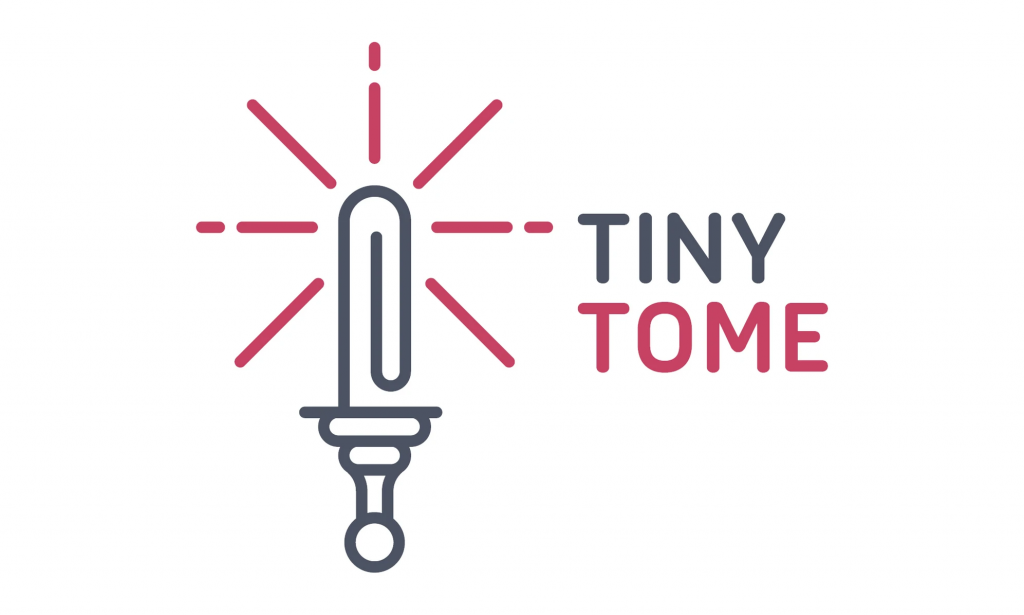
The second quarter was spent getting my game Freedom or Toaster finished and laid out for the Tiny Tome – a Kickstarter run by Long Tail Games. I really like this little micro-rpg of mine, and was thrilled it got a chance to be a part of such an awesome anthology of games. As a one-shot I think Freedom or Toaster works great – it has simple resolution mechanics, a fun and funny theme (human-like robots trying to escape a busy mall to live their best lives, while human robot police hunt them down). It also has one of the best rules I have added to a game (imo): every time a robot speaks they have a noise they have to include in their speech – maybe it’s ‘beep’, maybe it’s ‘woo!’ – every time I have played Freedom or Toaster this element has been a lot of fun.
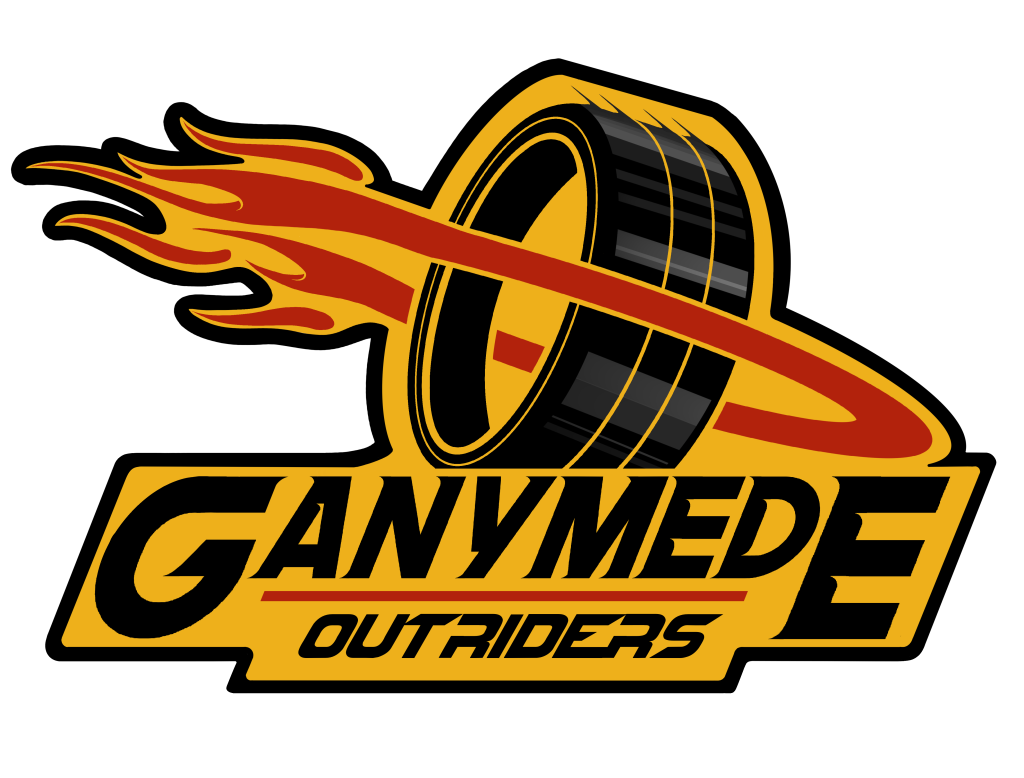
Around the same time I started work on Ganymede Outriders, a game I originally hoped I would release as a perfect bound book of something like 100 A5 pages. But…
When fulfilling Foundlings I had a number of messages from backers complaining about the high cost of shipping. Believe me, I get it. As an Aussie, shipping is a nightmare. Having the cost of shipping be about the same as the game itself – for a game which is a staple bound booklet no-less… yeah. For Foundlings I actually charged less than what it cost me to put those games in the post, and at $14 for shipping per copy – no, it was not cheap. I looking at working with a shipping partner, I looked at localised printing, and while these offered some solutions, the cost in currency conversion between AUD and USD meant that any savings I could pass on were negligible or non-existent.
My plans to make bigger books with Ganymede Outriders and Heralds was only going to mean bigger shipping costs, but what if I went smaller instead? What if I could send something in a DL envelope? That would cost about $4 AUD for international shipping.
The plan for Owlbear Omelette was hatched.
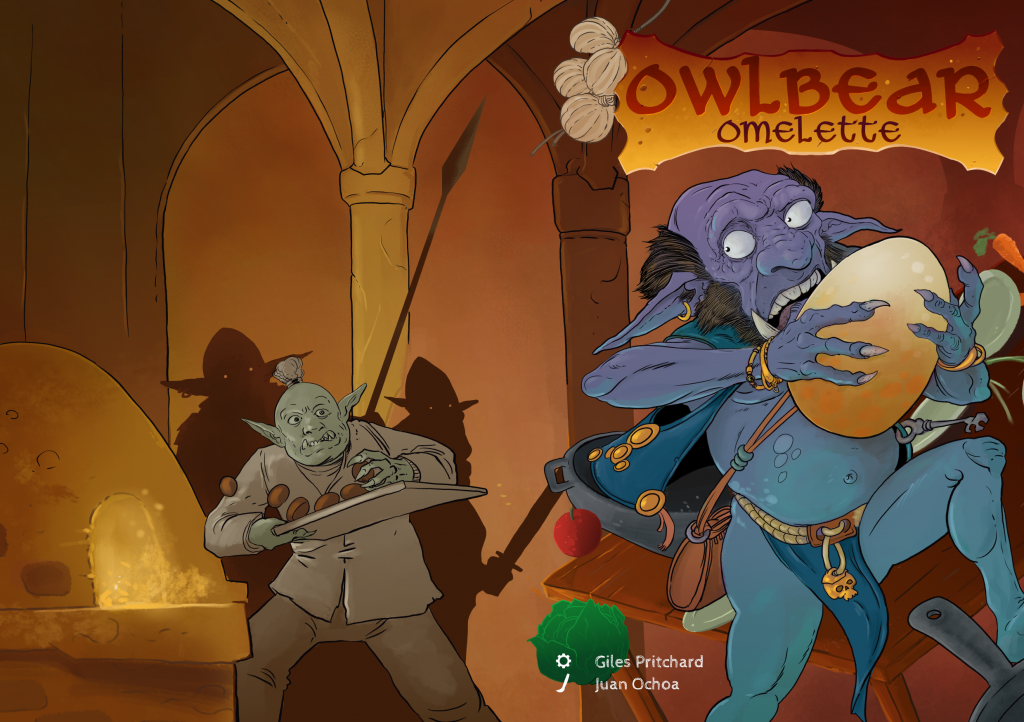
Owlbear Omelette was a game I had originally released in 2019. I chose to revamp the game for this little experiment, and converted it into a 36 page staple bound A6 booklet. I reworked the rules, added some fun new options, redesigned and added a bunch of random tables for generating a dungeon or palace, and let it loose on Kickstarter. It didn’t explode, in fact, it barely scrapped over the line, but it funded. It funded and it let me trial how much cheaper and easier it could be to send stuff via DL. Owlbear Omelette wasn’t even on my radar for a re-release at the start of the year, but here we are: a successful Kickstarter fulfilled, and copies already available in retail at places like Indie Press Revolution, and soon to be at Exalted Funeral.
The experiment was a success, and this led me to work on my next game. It wasn’t that I abandoned Ganymede Outriders – that one was still percolating in the background, but I wanted to make something that was spiritually like Owlbear Omelette, something that was hopefully amusing to read and play, and that poked a bit of fun at itself and it’s genre. Prisoners of the Elf King was born.

In Prisoners of the Elf King you play as Dwarves, captured by the eponymous Elf King, and released from your cells by your burglar. Rather than climbing into barrels and getting dashed to pieces in a river, you have collectively decided to find your own way out.
Like Owlbear Omelette, this game is both the adventure and the rules system, with the rules specifically designed to engage with the themes. In Prisoners of the Elf King Dwarves can ‘Dig Deep’ to score extra successes, but if they do it to much they can release their bane. The characters all have passions – which play off the characteristics of the Dwarves in The Hobbit and the Lord of the Rings, and if they are fulfilled the player can advance their characters. The party also has a sheet with three tracks – Fly You Fools measures how close the Dwarves are to escape. Diplomatic Incident is rolled after the game, and can mean the antics of the Dwarves lead to a massive war (Battle of the Five Armies style), and Drums in the Deep is the track that gets filled up if the Dwarves dig too deep too often.
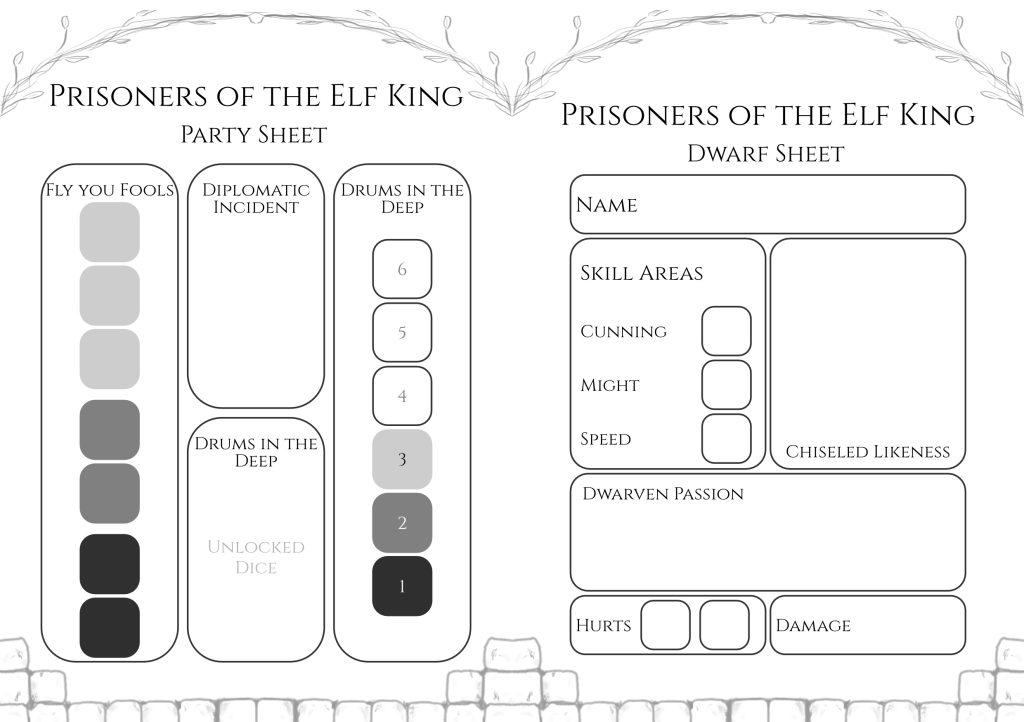
I think the system is fun, and I got a lot of pleasure out of designing a set of rules that play with the material that inspired it. Like Owlbear Omelette this is a strongly focused game – it sets out to tell a story, and has all the rules you need to play that story. I’m thinking of calling this little line of games ‘Episodes’ – because that’s very much what it feels like. They are a different design experience to something like Corsairs, Rascals, Foundlings, or Ganymede Outriders – all of which are game systems and settings.
Prisoners of the Elf King will be hitting Kickstarter in February this year, as a part of the ZineQuest and ZiMo promotions.
Of course, with the rules for Prisoners of the Elf King done and dusted, I turned back to Ganymede Outriders. This is a game and setting, includes vehicle rules, and a travel system. I am going to try and squeeze all of that into an A6 book. Will it work? We shall see…
Toward the end of last year Thunderworks Games ran a Kickstarter for their Roll Player Adventures game. This was hugely exciting for me, as a part of this Kickstarter included the Tales of Ulos graphic novel. I wrote one of the comics in this novel: Blackjacked Buccaneers, and it was one of the most enjoyable pieces of freelance writing I have ever undertaken. You can read some thoughts about it all here. I was very pleased to see Roll Player Adventures do so well, not least for the selfish reason that I get to see a comic book I wrote go to print. And who knows, maybe we’ll see more of Kaemon and Pitlin in the future…
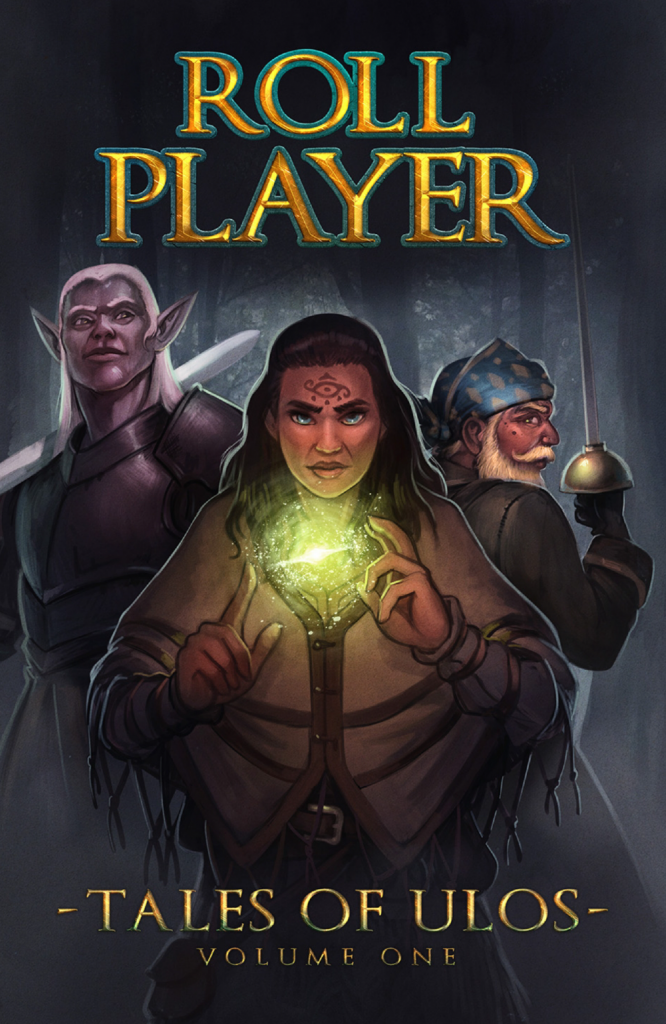

Well, that about wraps up the year that was. 2022 was a busy year, but I am pleased with everything I got done. It wasn’t the biggest year for Caradoc Games in terms of money made, and one of the reasons for this is because I had made the decision to move away from freelance work to focus on my own games (Blackjacked Buccaneers was the exception – I mean who could say no to writing a comic!).
The Owlbear Omelette Kickstarter raised about $1600 AUD, of that about $100 was profit, but I also sold copies into distribution, and that, for me at least, has been where my games have made the most. Online sales through my website were almost non-existent, sales on itch.io came to about $40, and DriveThruRPG sales totaled about $140 (after DTRPG took their 30% cut). Royalties from Long Tail, and sales through distribution (both Indie Press Revolution and Exalted Funeral) came to a bit over $3000. None of this includes royalties for the comic book – I expect those will start next year some time. Not a huge amount to show for the work it has taken, but all building. I now have four games in print, the experiment with cheaper shipping options was a success and has created the model for Caradoc Games moving forward, and I have two games ready for 2023. With a back catalog starting to make some money, and at least two games lined up for release next year, I hope the building I have put into this year will start to grow in 2023.
I have rambled long enough, I’ll write about my plans for 2023 in another post.
